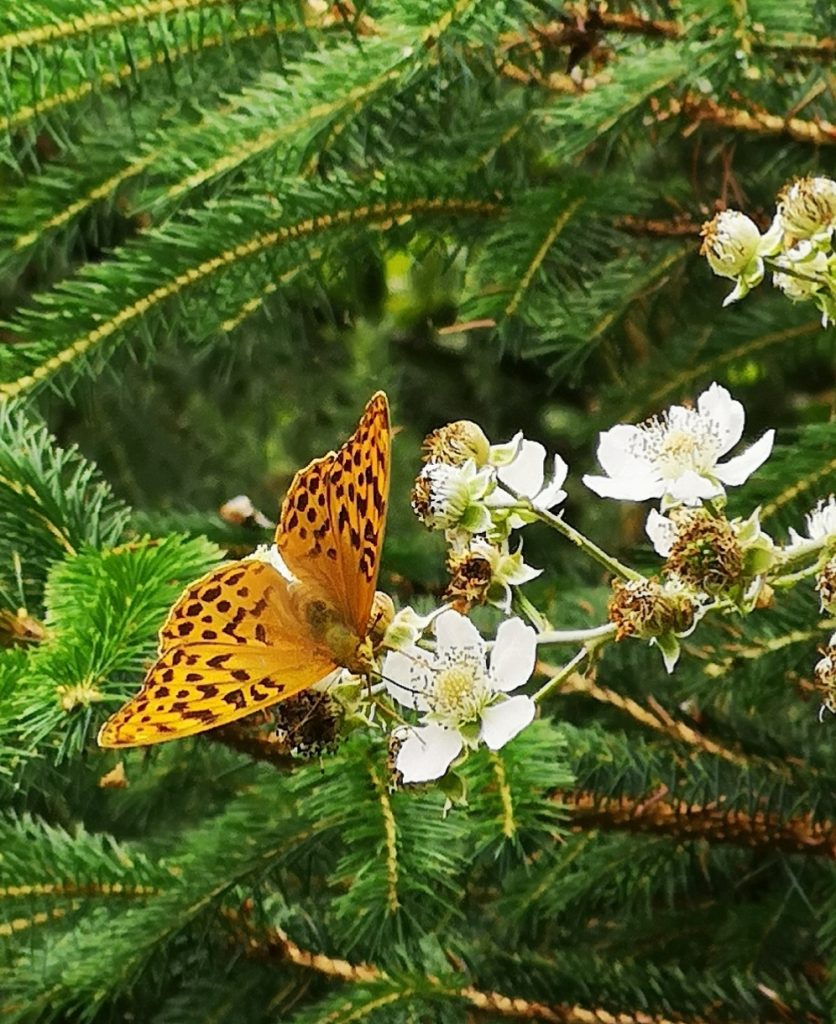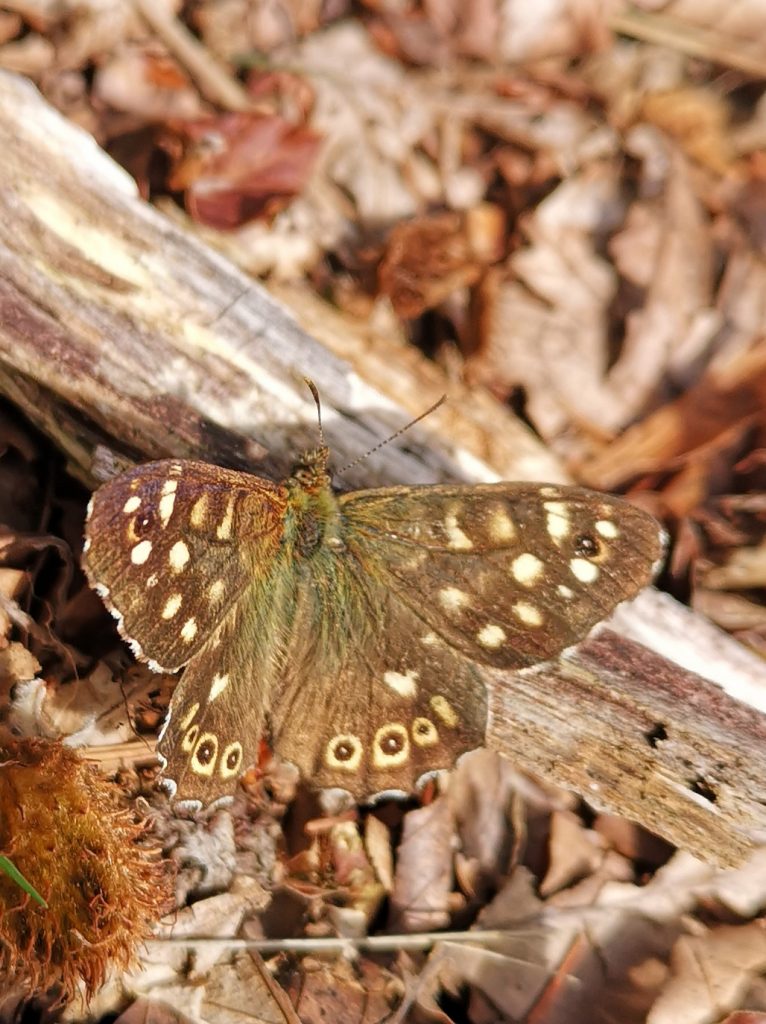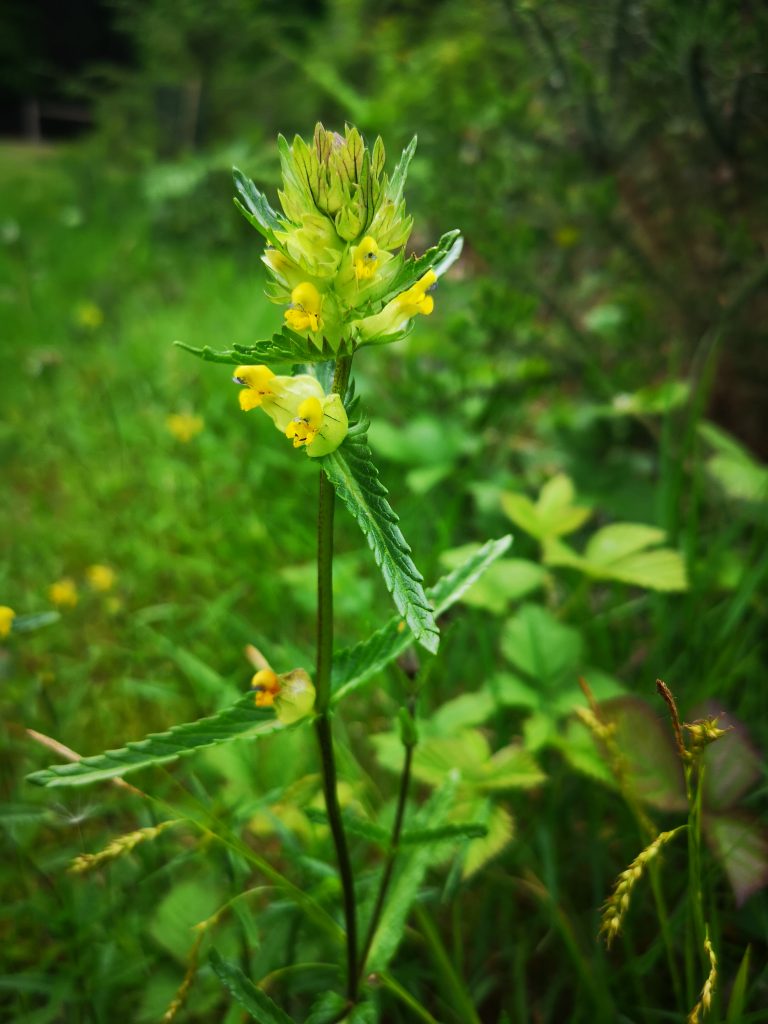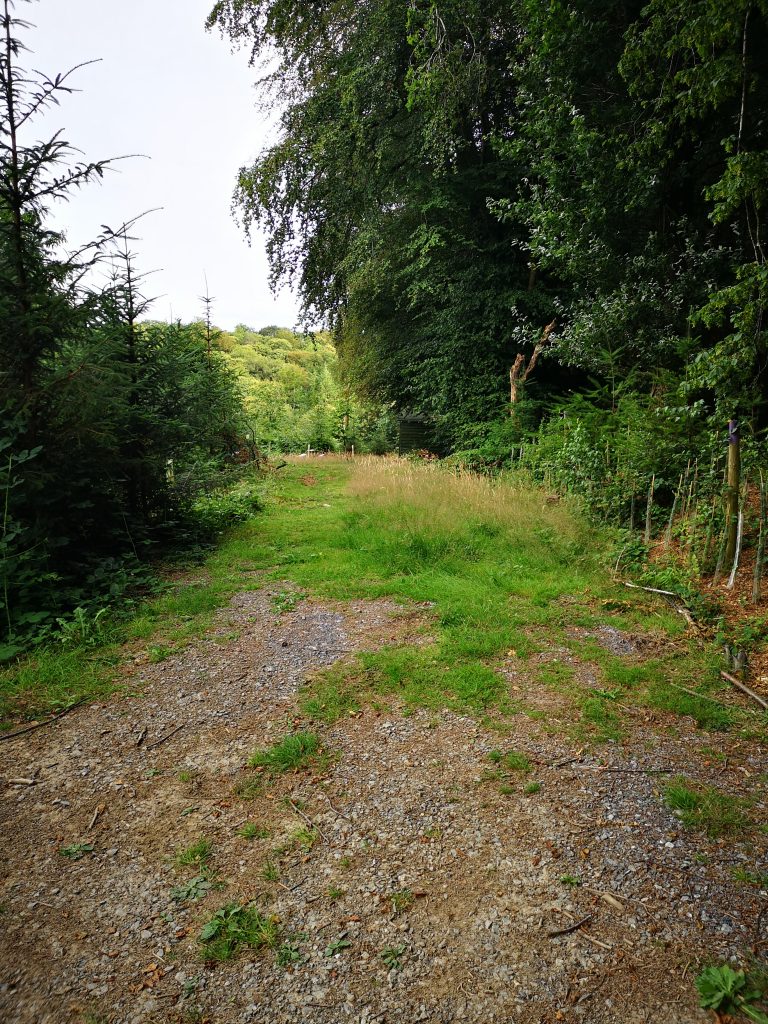Ride and Glade management

Rides and Glades are an important feature within a woodland setting as they offer a contrasting habitat to the higher canopy. Many insects find refuge and food that is not found elsewhere.
The Sun can penetrate the woodland floor and a diverse range of plants and invertebrates can thrive. Habitat that is rich in plants and insect life will support and provide a food source for many other species.
These areas require sensitive management practises. In our particular woodland the consequence of no management would result in a bramble and bracken takeover by means of ecological succession, in other words it would spread to such an extent that it would overcrowd and overshadow the grasses.
The grasses will be a key area of interest for us as they provide habitat for many species. I have developed a fascination with the Dark Bush Crickets, they have resided in the same patch of grass for quite some weeks now and they are a joy to observe.
Bramble and bracken however are hugely important and also provide cover and food for many species of bird, mammal and invertebrates but they need to be controlled.
Our aim is to widen the West to East ride and create more open glades. The ultimate aim is to manage the main part of the site to remain an open woodland specifically for the Nightjar, Woodcock, Bats, mammals and inverts.
To achieve this we will have to remove a lot of the young Sitka, although we will leave a large area totally unmanaged on the lower slopes. This will act as buffer zone but in places where there is no Birch regeneration we will re plant with additional species. We will also need to clear areas of bracken and bramble to make provision for these valuable spaces. It is a huge task for the two of us but one that I cannot wait to get started on!

Last year, in the Autumn we collected some Yellow Rattle seeds and scattered them around the ride edges, they germinated well, they flowered and set seed, but best of all the Roe Deer appear to ignore them.

Yellow Rattle is a great plant, it is an annual and its roots are semi parasitic to grasses which means that in areas where you would like more wildflowers the grasses will not dominate for the nutrients. I have collected some more seed this year but I am hoping that from next year the seed can be collected and distributed on site.
Bats will follow linear features in their search for food and this is another reason for the widening and management of the rides. In particular the bottom end of the West to East ride is close to closing in.
The Nightjar also require open areas to hunt for the moths at night so providing these areas and habitats and maintaining what is currently used will ensure the Nightjars return next May.
I have posted on the woodlandwildlife Facebook page that we are encouraging the spread of the small areas of Heather and have done this by simply clearing around them and giving them more space and light.

Heather is another great natural food source and provides good habitat with ground cover. We have noted two species so far and they are the common heather calluna vulgaris and the beautiful bell heather erica cinerea.
This project will be mine and Tamara’s winter work, hopefully with a helping hand along the way, it will also involve some more Sweet Chestnut coppicing before spring next year.




